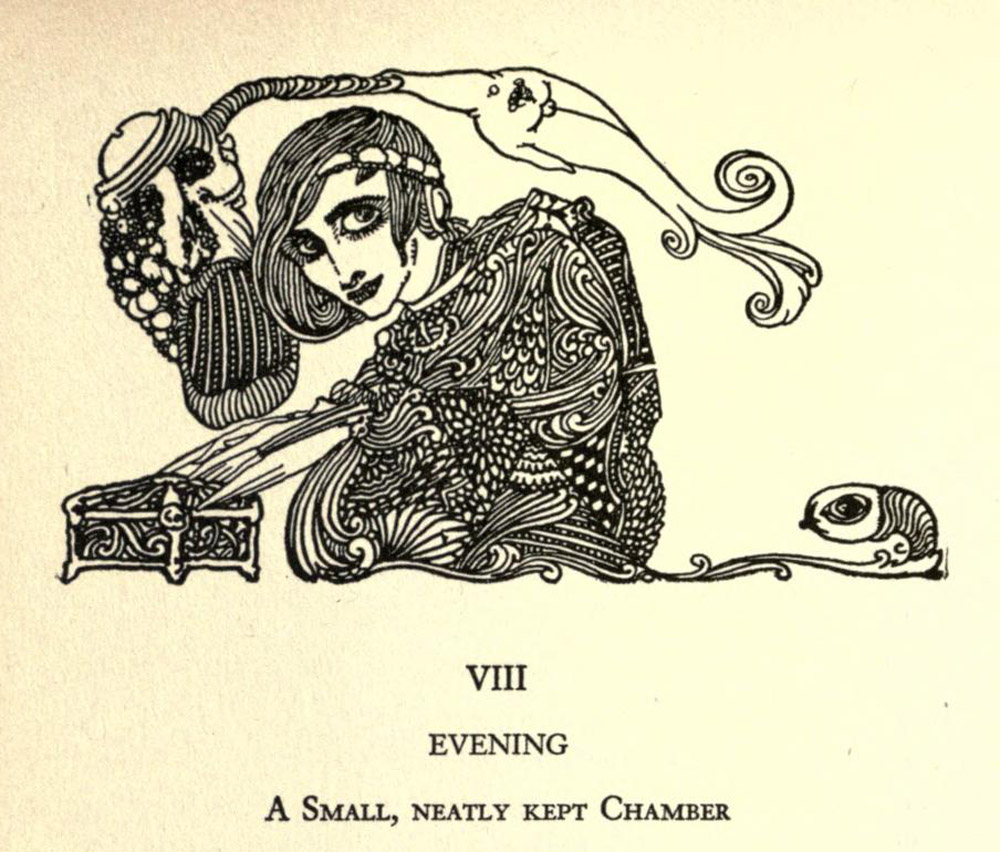
TUCSON SECTOR 2004-2005, 282 deaths.
Made by Carol Hood, Sunny Klapp, Phyllis Sager, & Virginia Wenzel, of Prescott, Arizona.
Picked from the desert, I’m gazing at the tiny pieces of Jeans. These are what’s left of real lives. They had hopes and dreams of better and safer futures. (Virginia Wenzel)
There is a wealth of heartbreak at The Migrant Quilt Project, but it’s heartbreak all should feel. No one should be able to turn a cold heart and hateful mind to the mute witness of so much death.

















